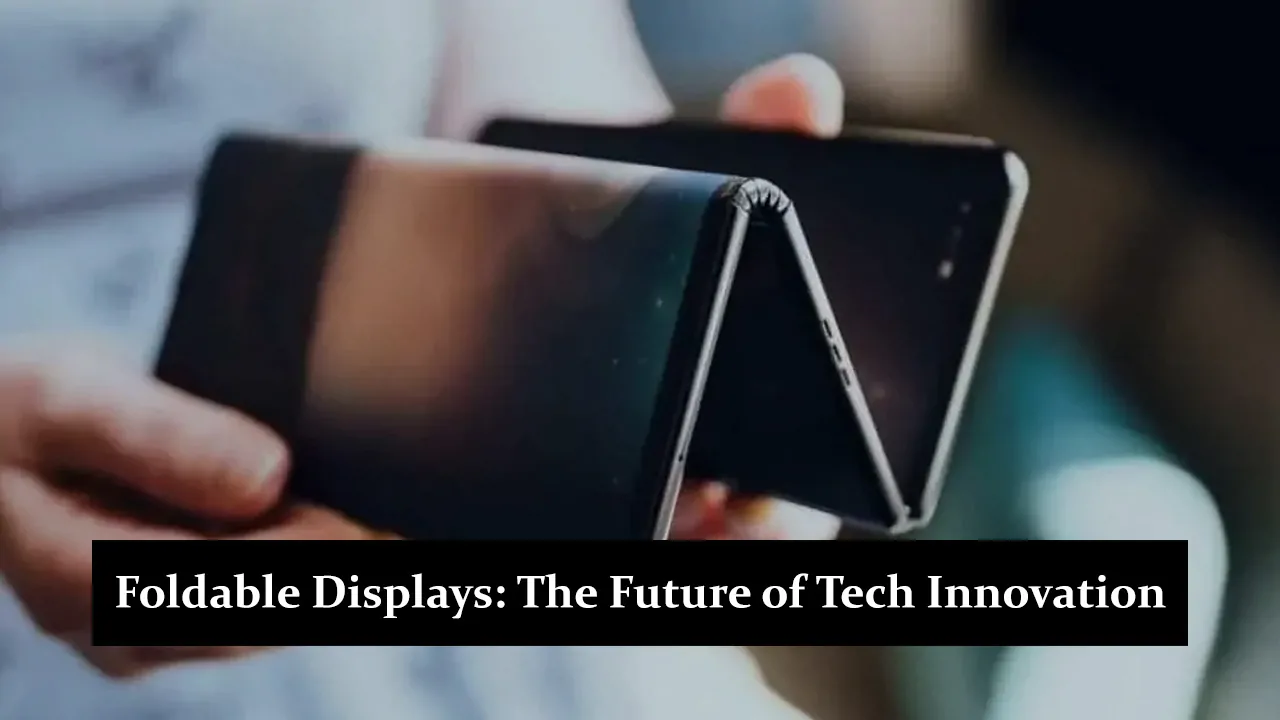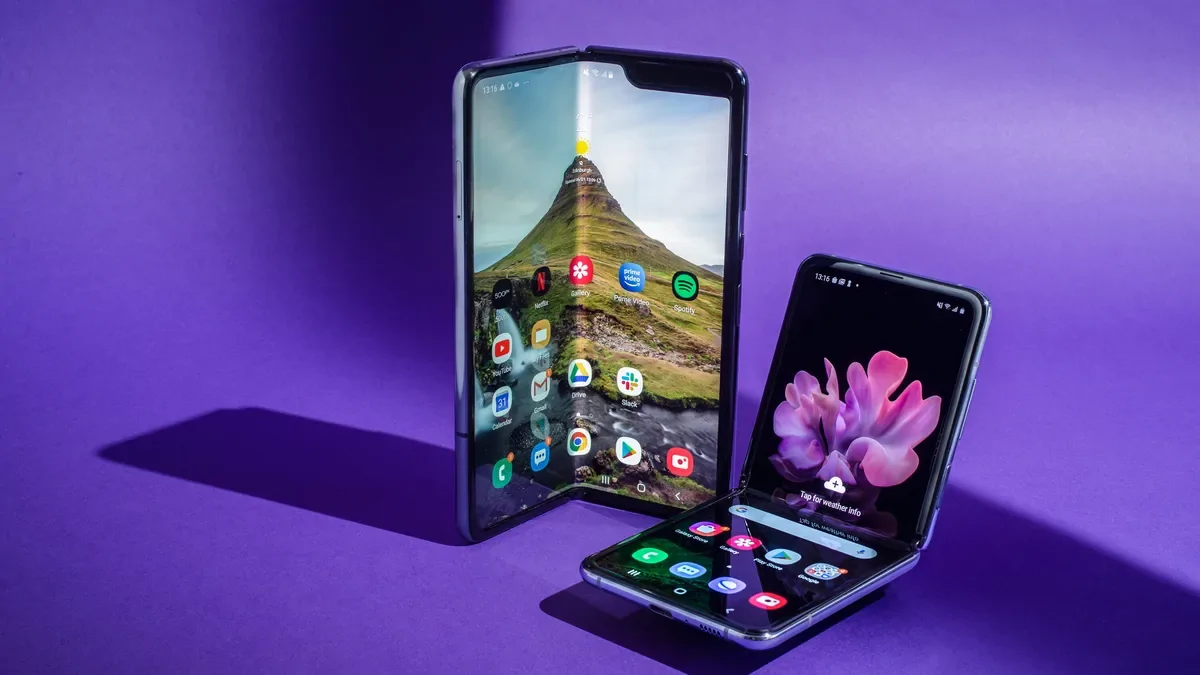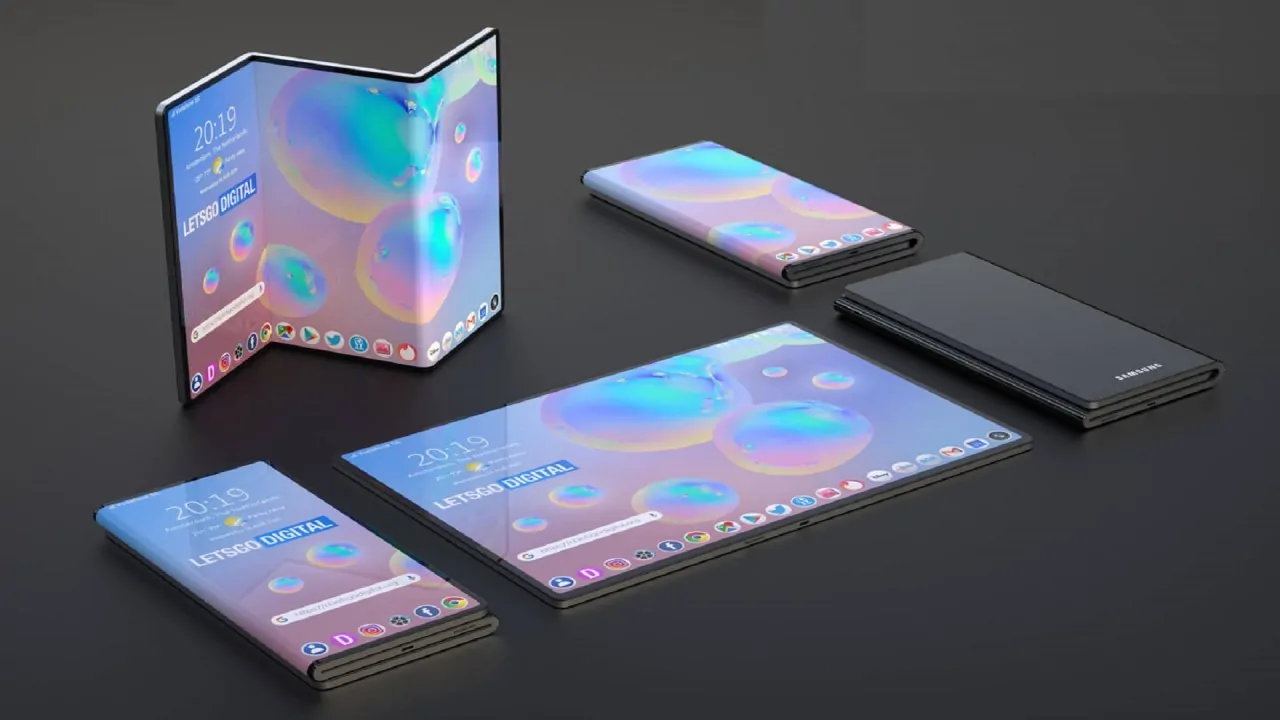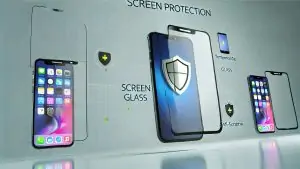Display technology is changing faster than ever, and foldable displays are among the most exciting developments. These innovative screens can bend and fold, offering new flexibility for smartphones and tablets. Foldable displays quickly gain attention because they combine portability with larger screen sizes, giving users the best of both worlds. In this blog, we’ll explore the history of foldable displays, the technology behind them, their benefits, challenges, and what the future holds for this groundbreaking innovation. Stay tuned to learn how foldable displays are shaping the future of tech!
History and Evolution of Foldable Displays
The idea of foldable displays has been around for a while, with early concepts appearing in research labs and science fiction long before they became a reality. Flexible screens were imagined to create more portable devices that could expand into larger, more functional displays. Companies like Samsung, Royole, and LG were among the pioneers, showcasing flexible screen prototypes as early as the 2010s.
Royole took an early lead by launching the first commercial foldable phone in 2018, but the Samsung Galaxy Fold in 2019 truly grabbed the world’s attention. Although the first Galaxy Fold faced durability issues, it marked a significant step forward in the commercialization of foldable technology, sparking interest and excitement in the market. Since then, improvements have been made, and foldable devices are slowly carving out their place in the tech industry.
Technology Behind Foldable Displays
Flexible OLED Panels
At the heart of foldable displays is OLED (Organic Light Emitting Diode) technology, allowing screens to be thin and flexible. Unlike traditional LCD screens, OLED displays do not require a backlight, enabling them to be made from lighter and more flexible materials. Manufacturers often use Plastic AMOLED (Active Matrix OLED) panels in foldable devices, which are flexible enough to bend without breaking. This combination of OLED and plastic layers allows the screen to fold and unfold while maintaining high-quality visuals.
Bending Mechanisms and Materials
One key challenge in creating foldable displays is designing hinges and materials that can bend repeatedly without damage. These devices use advanced engineering to create hinge mechanisms that support smooth folding and protect the internal components. The materials used in foldable screens must be durable enough to handle thousands of folds while remaining flexible. Special polymers and ultra-thin glass are commonly used to ensure flexibility and durability, making the folding action seamless and reducing the risk of creasing or cracking.
Software Optimizations
For foldable devices to provide a smooth user experience, software must be optimized to handle the transition between folded and unfolded modes. Manufacturers have developed software that can adjust automatically to different screen sizes, ensuring apps work seamlessly regardless of the device is use. Features like multi-window support allow users to open and run multiple apps side by side on larger, unfolded screens. Screen continuity features ensure that apps and content adjust instantly when a device is folded or unfolded, providing a consistent experience without interruption.
Advantages of Foldable Displays
- Portability: Foldable displays allow devices to remain compact when folded, making them easy to carry while expanding to larger screen sizes for better usability.
- Multitasking: The larger screen real estate supports multitasking, enabling users to run multiple apps side by side, improving productivity and convenience.
- Enhanced Media Experience: Bigger screens provide a more immersive experience for watching videos, gaming, and reading, making media consumption more enjoyable.
- Innovative Design Possibilities: Foldable technology opens the door to new device designs, such as foldable smartphones, tablets, and laptops, and even wearable devices, pushing the boundaries of traditional device formats.
- Space Efficiency: Foldables offer more screen space without increasing device size, making them ideal for users who want larger displays without sacrificing portability.
Challenges and Limitations of Foldable Displays
- Durability Concerns: Foldable displays are more prone to wear and tear, with issues such as screen creasing, cracking, and hinge deterioration after repeated folding and unfolding.
- High Costs: The advanced technology and materials used in foldable displays make them more expensive to produce, resulting in higher retail prices that limit widespread adoption.
- Battery Life: Larger, more power-hungry screens can drain the battery faster, making it challenging for manufacturers to balance battery life with the demands of foldable technology.
- App Compatibility: Many apps still need to be fully optimized for foldable screens, which can lead to issues with display scaling, aspect ratios, and app performance when transitioning between folded and unfolded modes.
- Weight and Thickness: Despite the flexibility, foldable devices often become thicker and heavier than regular smartphones when folded, affecting portability and comfort.
Comparison with Other Displays
| Feature | Foldable Displays | Traditional LCDs | Standard OLED Displays | MicroLED Displays |
| Portability | Highly portable, folds into a compact size | Rigid, not foldable | Thin but rigid, non-foldable | Thin but rigid |
| Durability | Prone to wear (creases, hinge issues) | Highly durable but bulky | Durable but prone to burn-in | Extremely durable, no burn-in |
| Cost | Expensive due to advanced technology | Affordable and widely available | Premium pricing | Very expensive and limited availability |
| Image Quality | High quality with flexible OLED | Good quality but lower contrast | Excellent color and contrast | Superior brightness and efficiency |
| Battery Efficiency | Lower efficiency due to larger display | Efficient in energy use | Moderate efficiency | Highly energy-efficient |
| Flexibility | Extremely flexible, can fold | No flexibility, fixed structure | Not flexible, fixed structure | No flexibility, fixed structure |
Conclusion
Foldable displays offer exciting advantages like enhanced portability, multitasking, and innovation potential, but they also face challenges such as durability, high costs, and software compatibility. Despite these hurdles, the technology continues to improve, and we may see more affordable and durable foldable devices in the future. Whether foldable displays will dominate the tech world or remain a niche market depends on how these issues are addressed. We invite you to share your thoughts on foldable technology and stay tuned as we explore the innovations shaping the future of devices. What do you think—are foldable here to stay?






